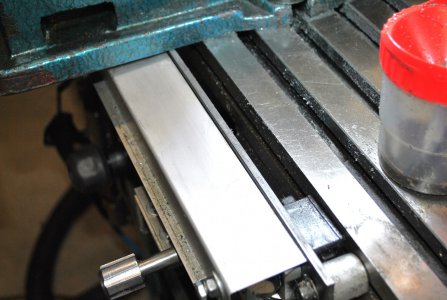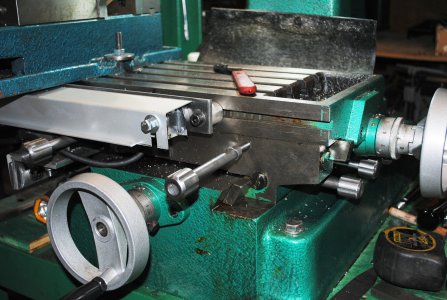- Joined
- Dec 3, 2020
- Messages
- 227
I cut out the notch for the lead screw bearing housing as you did and I also relieved the mill base for clearance of the housing which gave me an extra 4-3/4" of travel in the x direction .
That's so cool how you eked out all that extra X-travel that the designers tried to keep from us! I will steal that idea for sure. I had noticed how much extra travel I get with one handwheel removed, but your "one weird trick" (clickbait joke), with the extension between the leadscrew and the handwheel, makes that actually usable.
It just so happens that a project in my queue is going to need a long feature cut in some bars that are too long for my travel. I figured I'd have to unclamp, move, reclamp and indicate it in to finish the cut, but maybe your hack will let me do it in one setup. I hope I chose a long enough DRO scale to let me use it all, have to investigate. My scale is a bit shorter than the table, but longer than the "advertised" X-travel. Eager to try it and see. Even if I have to buy a longer scale, they're cheap and easy to install.
Thanks!



